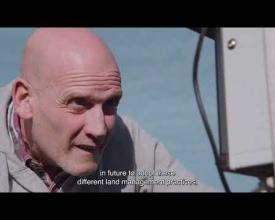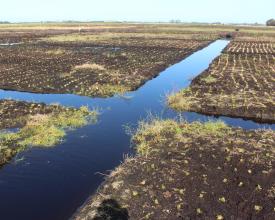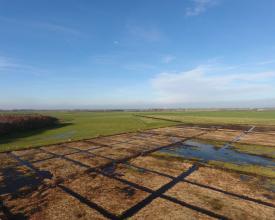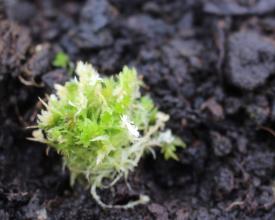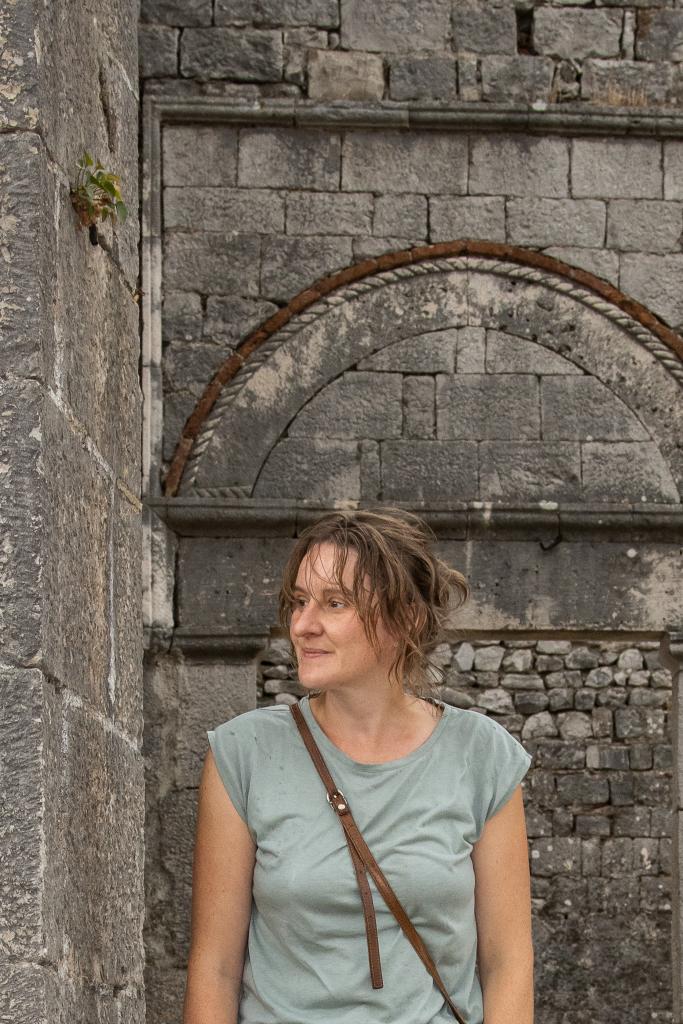
The Winmarleigh carbon farm
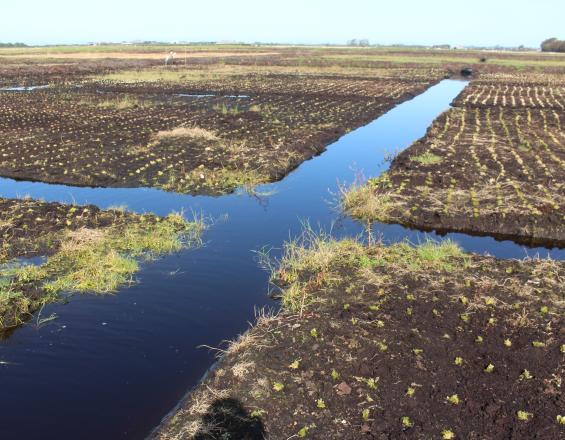
The Winmarleigh carbon farm has been created on an area of lowland peatland, that was drained and converted to agriculture in the 1970's. The area has been re-wet and a permanent cover crop of sphagnum moss has been planted.
By re-wetting the peat this reduces damaging carbon emissions from the land, along with protecting the remaining soil carbon. Once the sphagnum mosses have achieved full coverage, the site is expected to become a carbon sink.
Part of the EU-funded Care-Peat project, the carbon farm is a pioneering project exploring ways to reduce carbon emissions from peatlands, whilst keeping the land financially viable for farmers and landowners. It is believed that in the future landowners could adopt the carbon farming model and receive payment for the avoided carbon emissions through government financial subsidy schemes, or via private companies paying to compensate for their unavoidable greenhouse gas emissions.
Contexte
Challenges addressed
Emplacement
Impacts
Working with researchers at Manchester Metropolitan University, the greenhouse gas emissions from the carbon farm site, and the adjacent drained farnland have been monitored each month.
During the establishment year (1 December 2020 to 30 November 2021), carbon emissions from the carbon farm decreased by 86%, from 24.4 tCO2e/ha/yr to 3.4tCO2e/ha/yr. This is mainly due to the simple act of re-wetting the peat which locks in soil carbon and stops it's oxidisation and release as CO2.
Calculations also show that under current drainage and intensive agricultural management, the entire peat stock will be lost in approx 100 years, resulting in huge carbon releases and eventually land that can be neither farmed nor restored.
These results show that the carbon farming model can have a significant impact on the future of our peatlands and our climate.
There have also been additional impacts on biodiversity, with wildflowers flourishing on the edges of the carbon farm site, and within just a few weeks of the irrigation ditchs filling with water, 5 species of dragonfly were observed.
